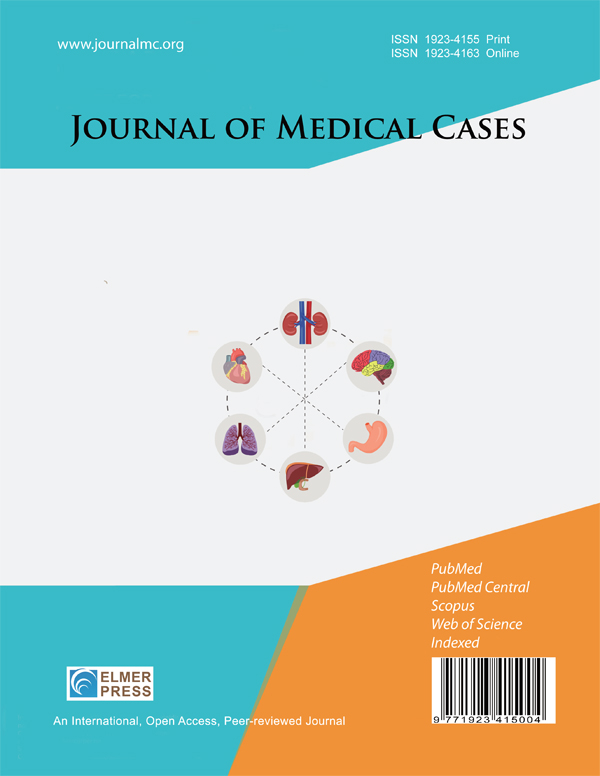Dual Tunneled Epidural Wound Catheters for Postoperative Analgesia Following Posterior Spinal Fusion
DOI:
https://doi.org/10.14740/jmc4337Keywords:
Epidural anesthesia, Postoperative pain, Regional anesthesia, Spine surgery, ScoliosisAbstract
Pain management following posterior spinal fusion (PSF) in pediatric patients can present significant challenges for clinicians. Opioids continue as the primary modality for managing postoperative pain in these patients, despite well-known concerns regarding their adverse effect profile such as the risk of dependence or abuse. Therefore, there has been increased focus on multimodal analgesic approaches that incorporate non-opioid medications, non-pharmacologic techniques, and regional anesthesia. Commonly used non-opioid adjuncts include non-steroidal anti-inflammatory drugs, acetaminophen, gabapentin, ketamine, and intravenous lidocaine. Because of ongoing controversy and insufficient evidence regarding different analgesic strategies, no definitive optimum regimen has been established. We present a 14-year-old adolescent female patient with neuromuscular scoliosis scheduled for PSF. The anesthetic plan involved a unique combination of total intravenous anesthesia (TIVA) and the placement of dual epidural catheters by the orthopedic surgeon for postoperative analgesia. The basic tenets of perioperative pain management for PSF are presented, perioperative concerns are discussed, and previous reports of regional anesthesia as an adjunct to general anesthesia in pediatric patients with scoliosis are reviewed.

Published
Issue
Section
License
Copyright (c) 2024 The authors

This work is licensed under a Creative Commons Attribution-NonCommercial 4.0 International License.









